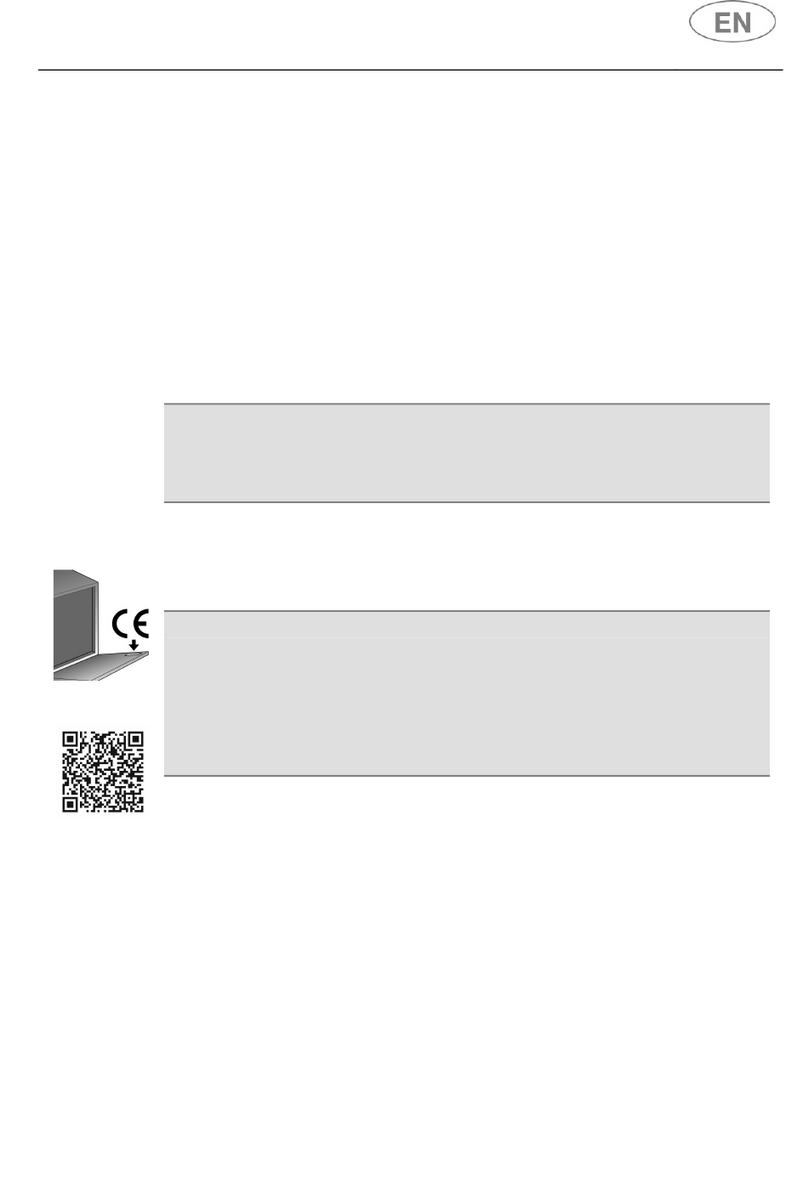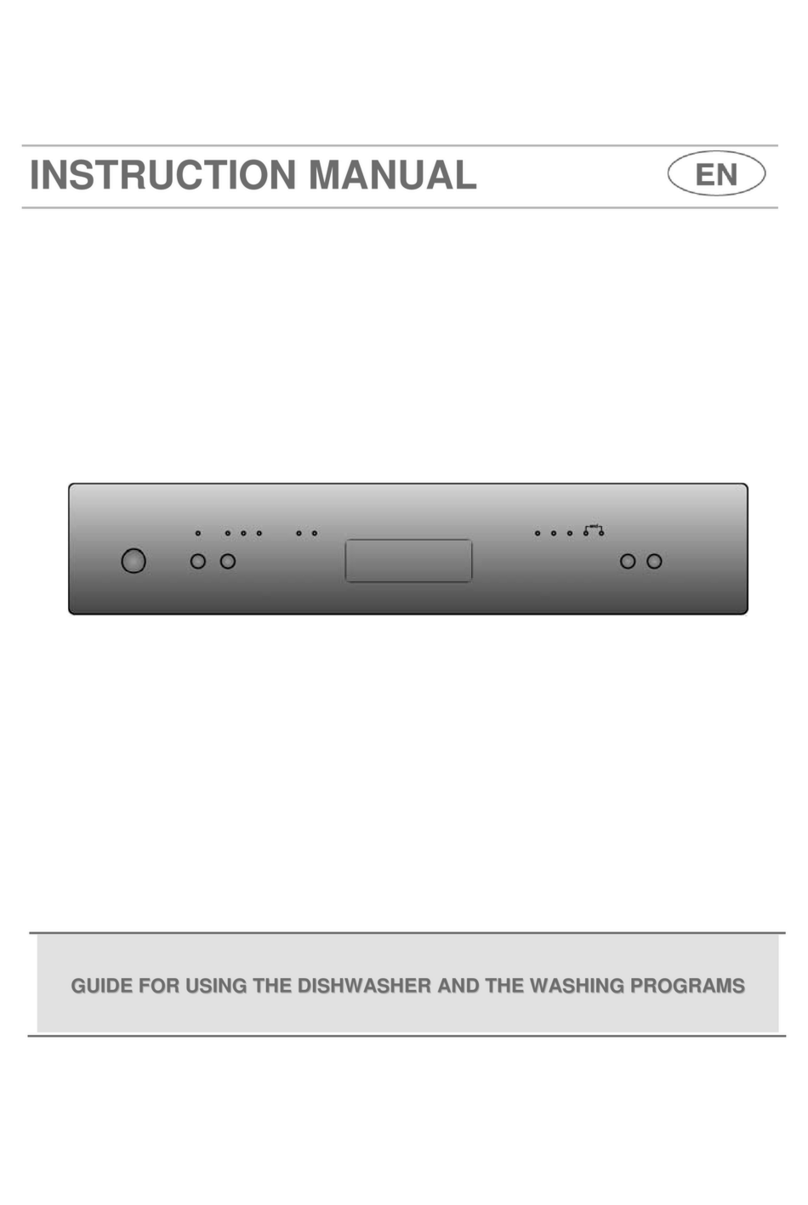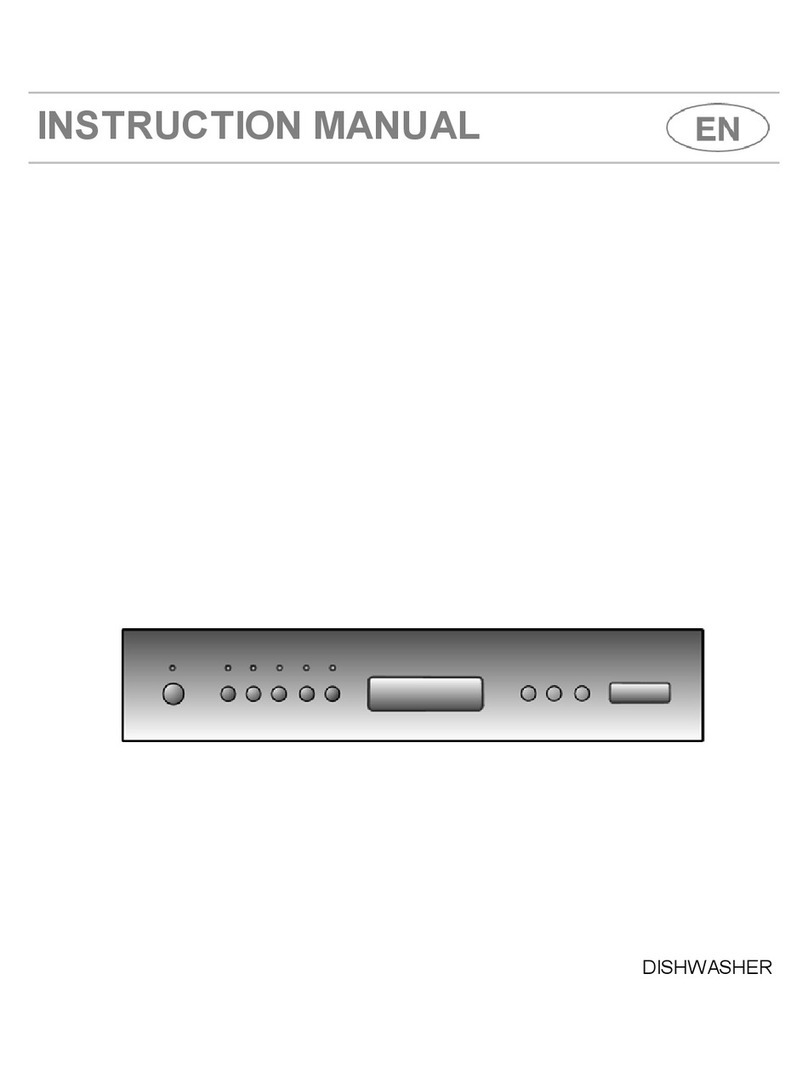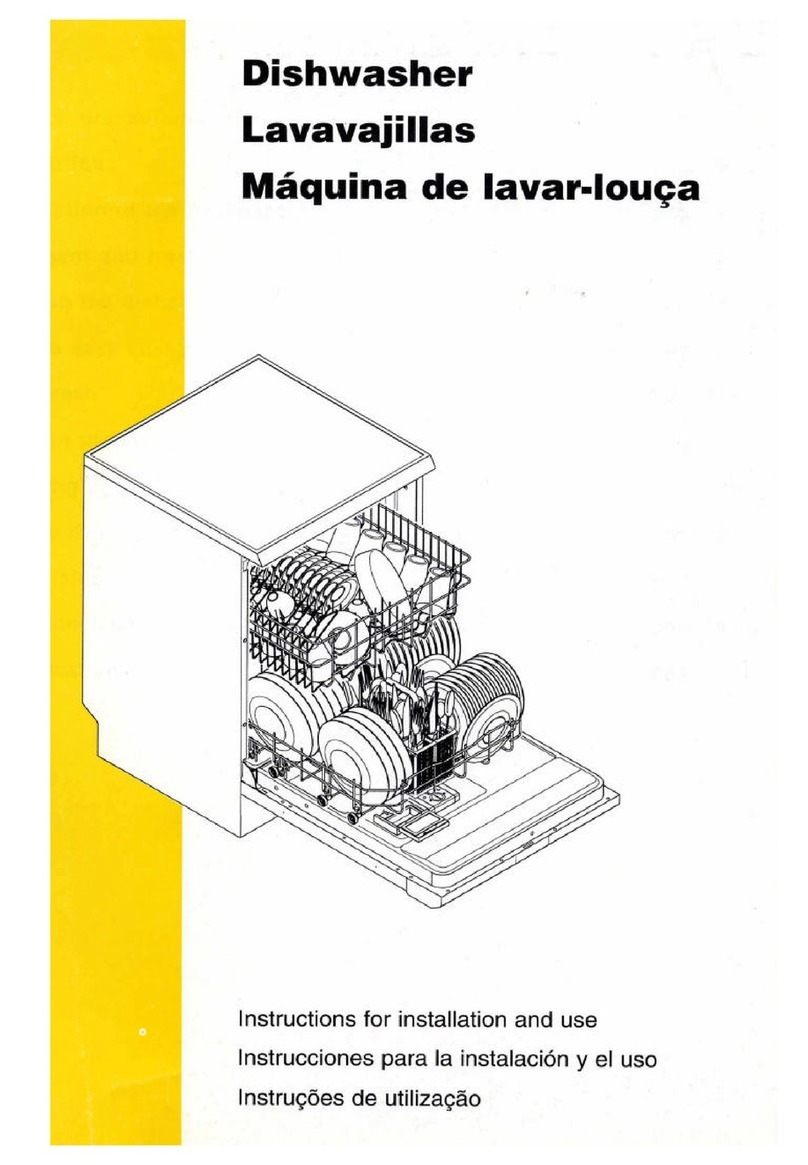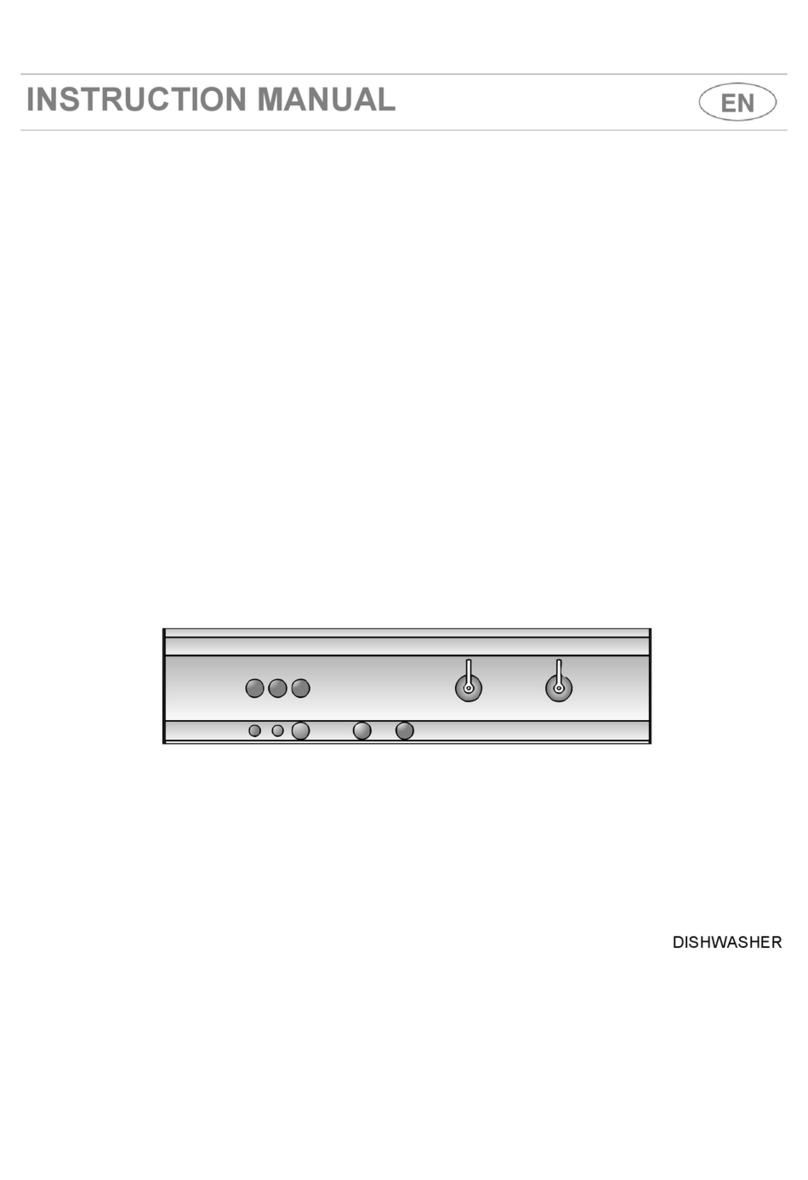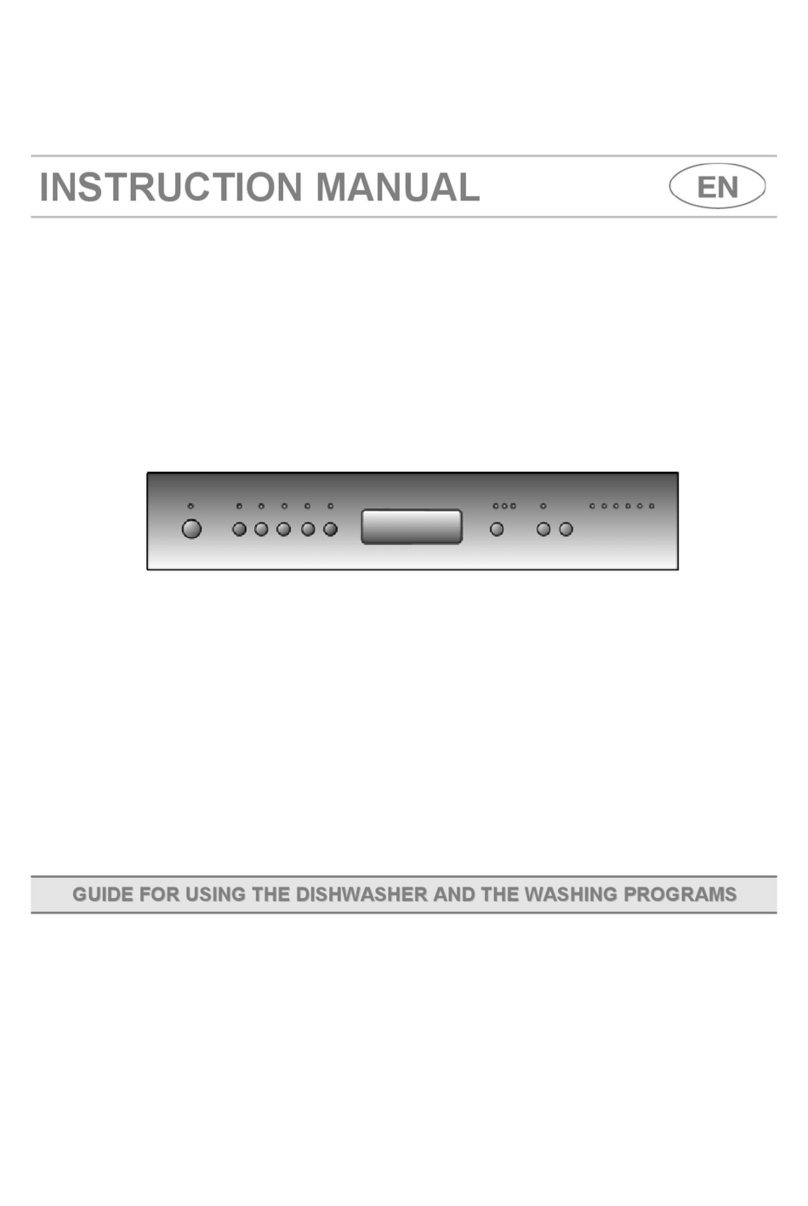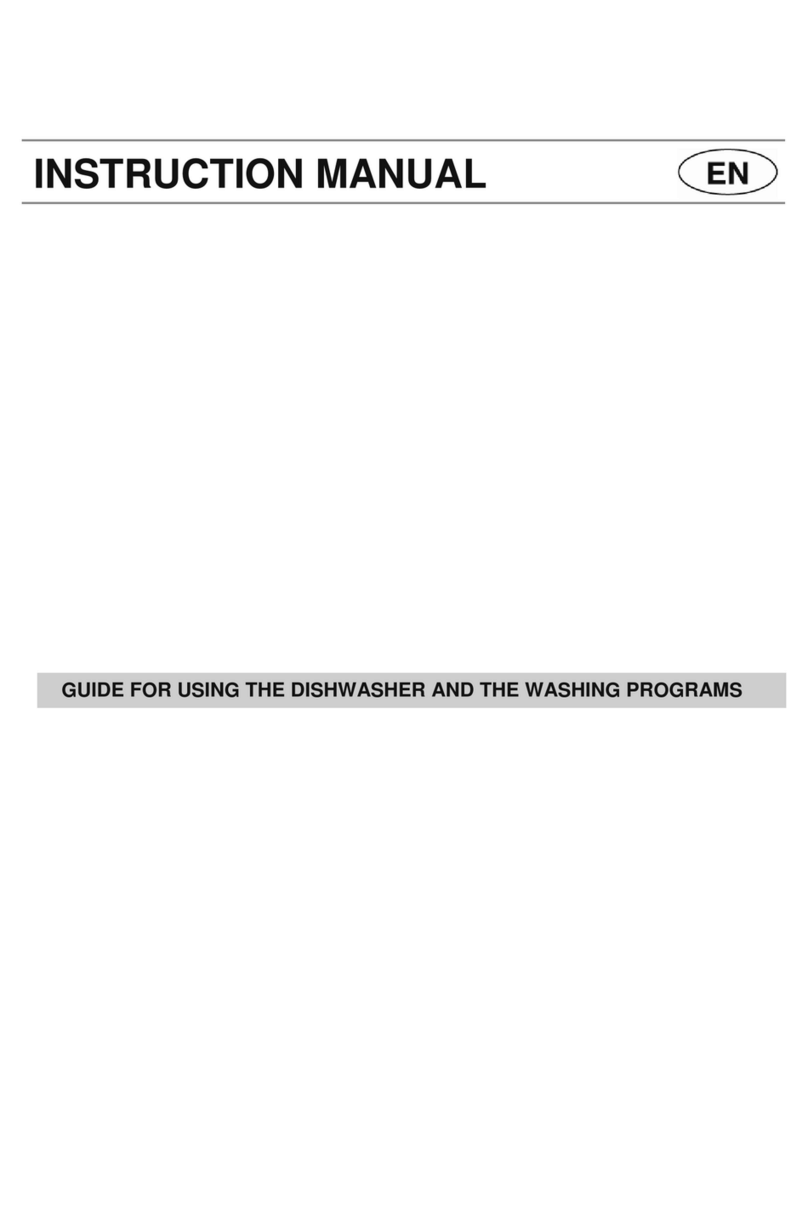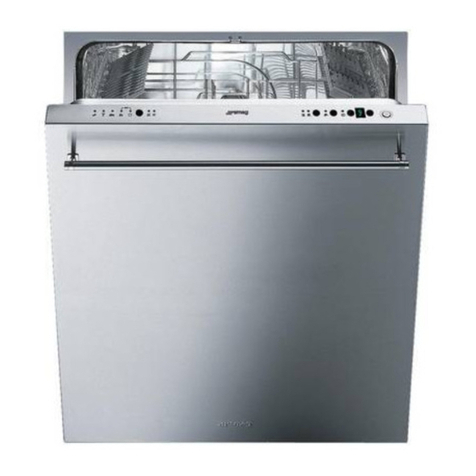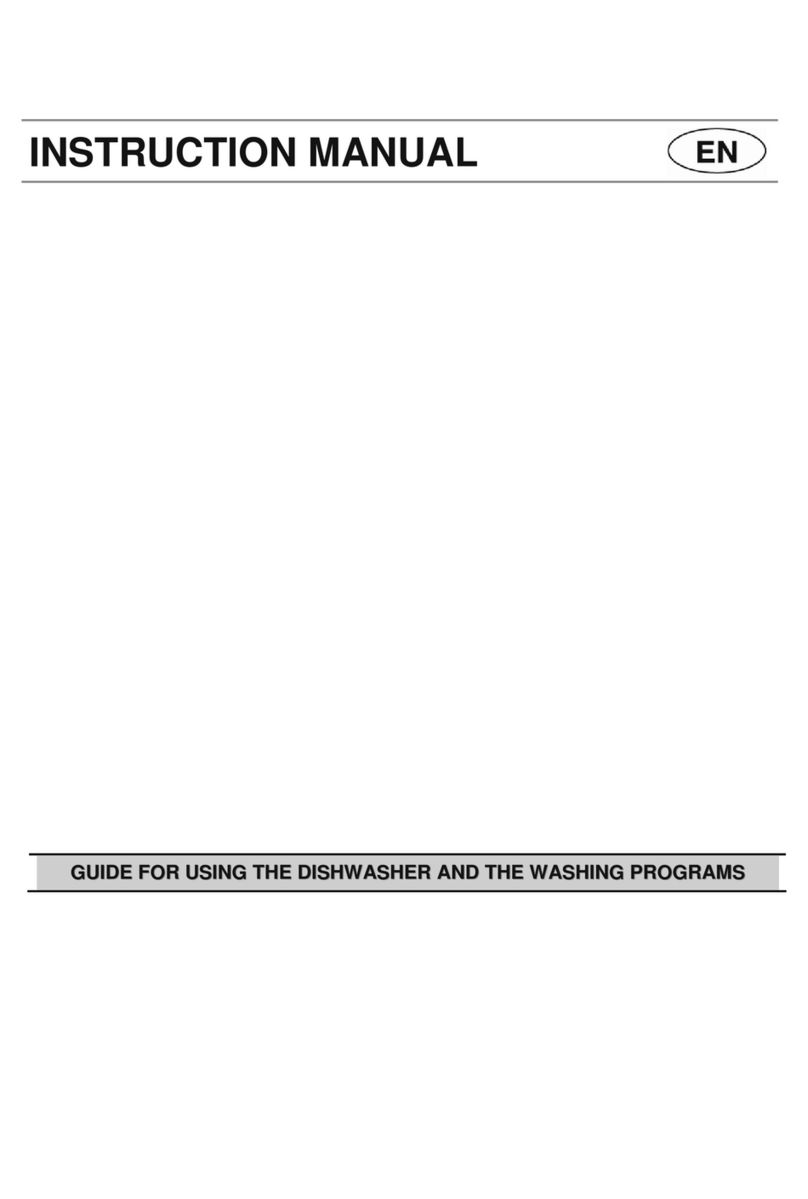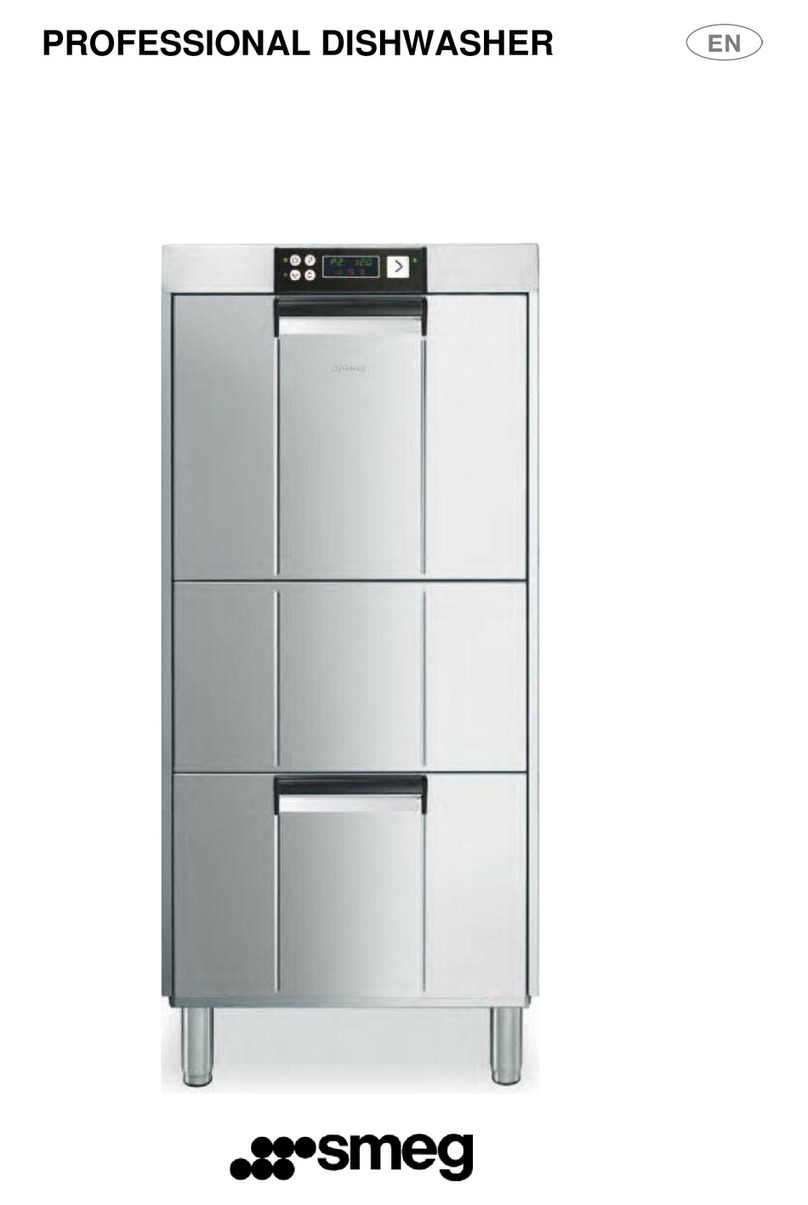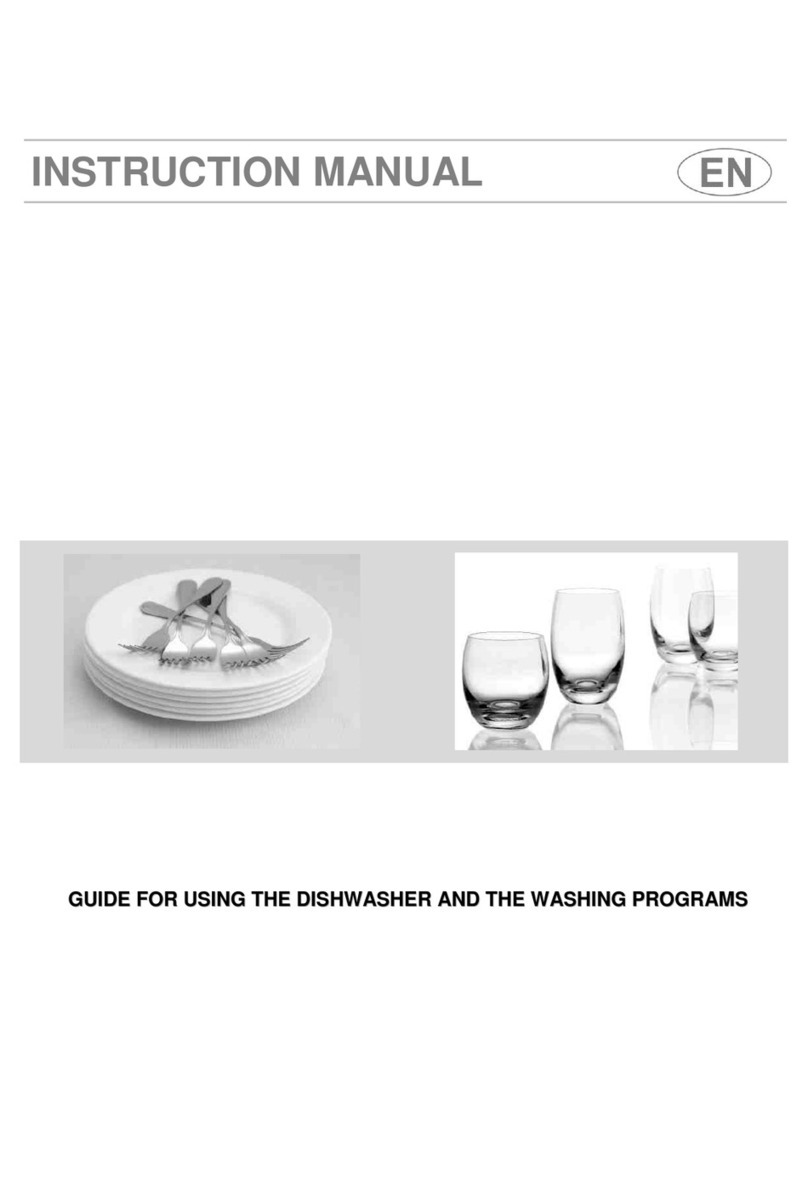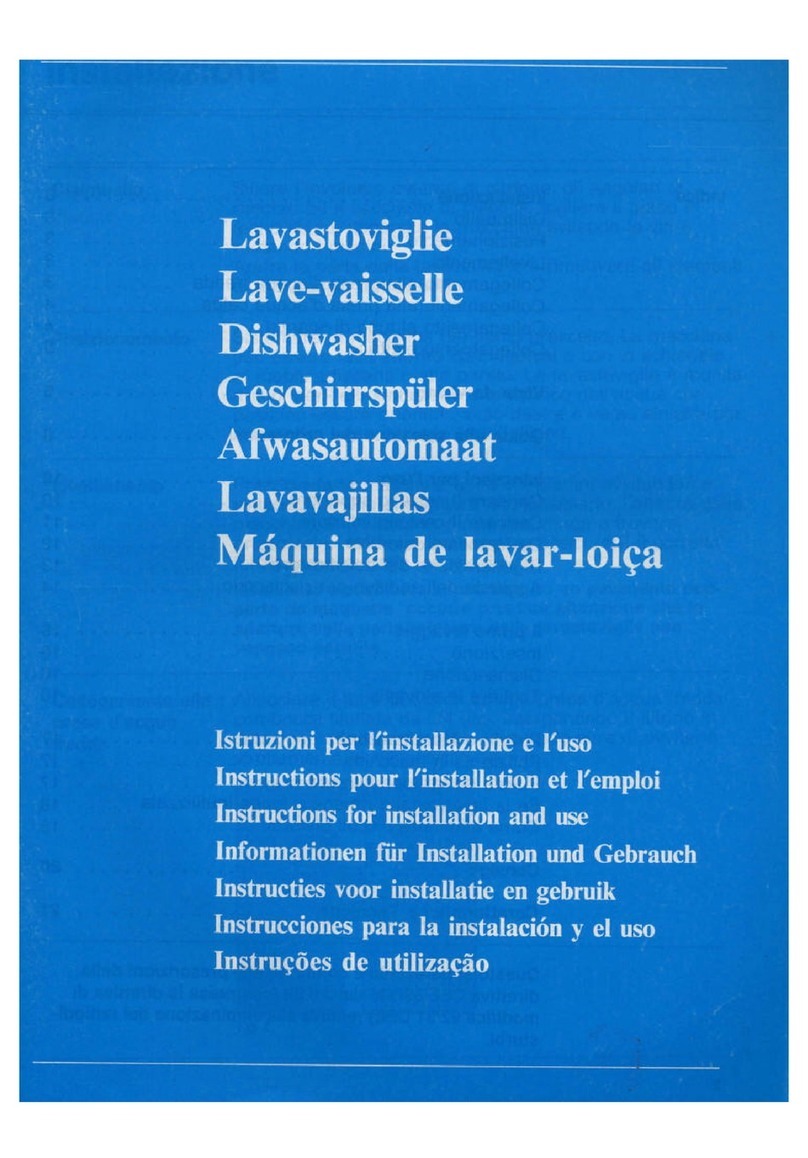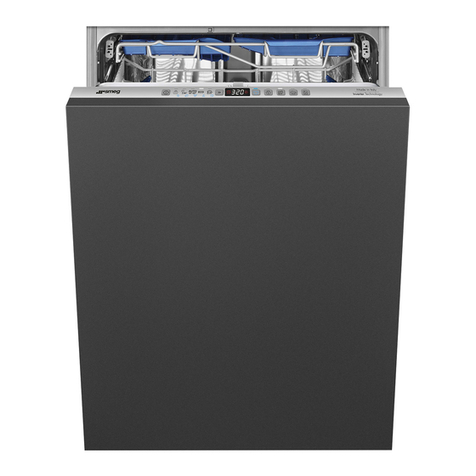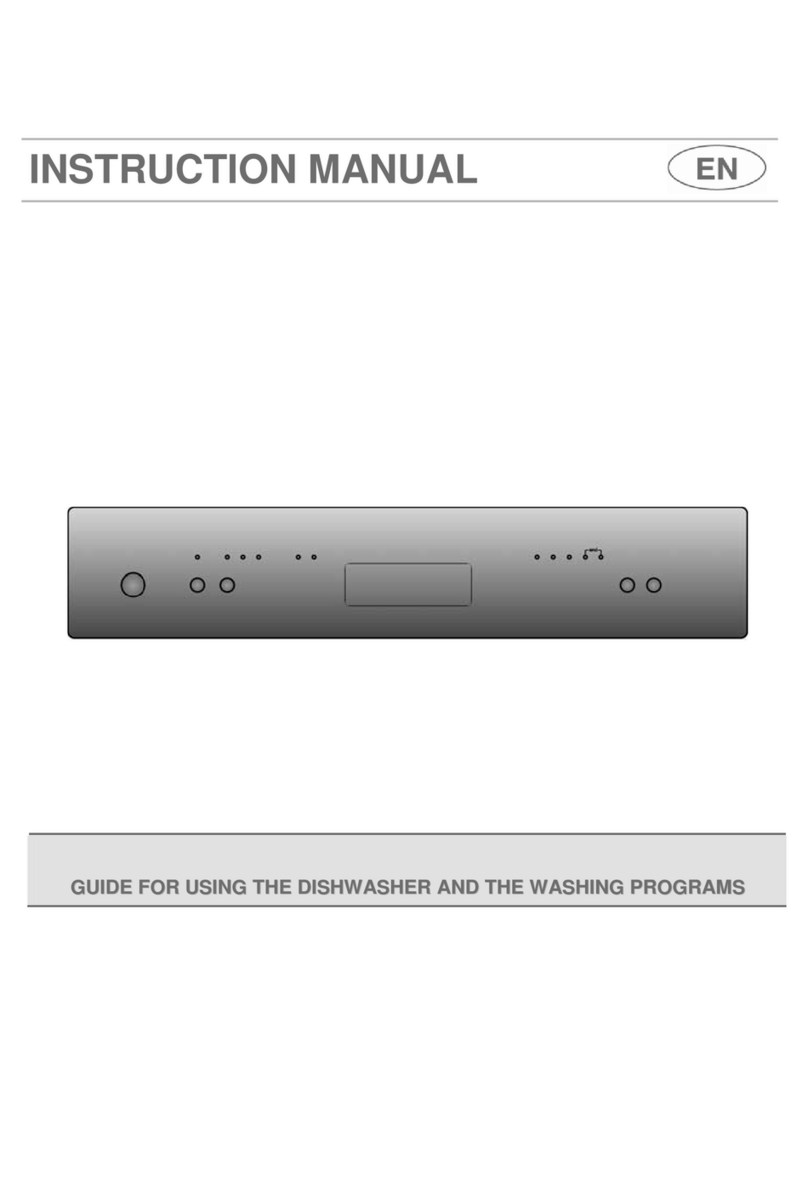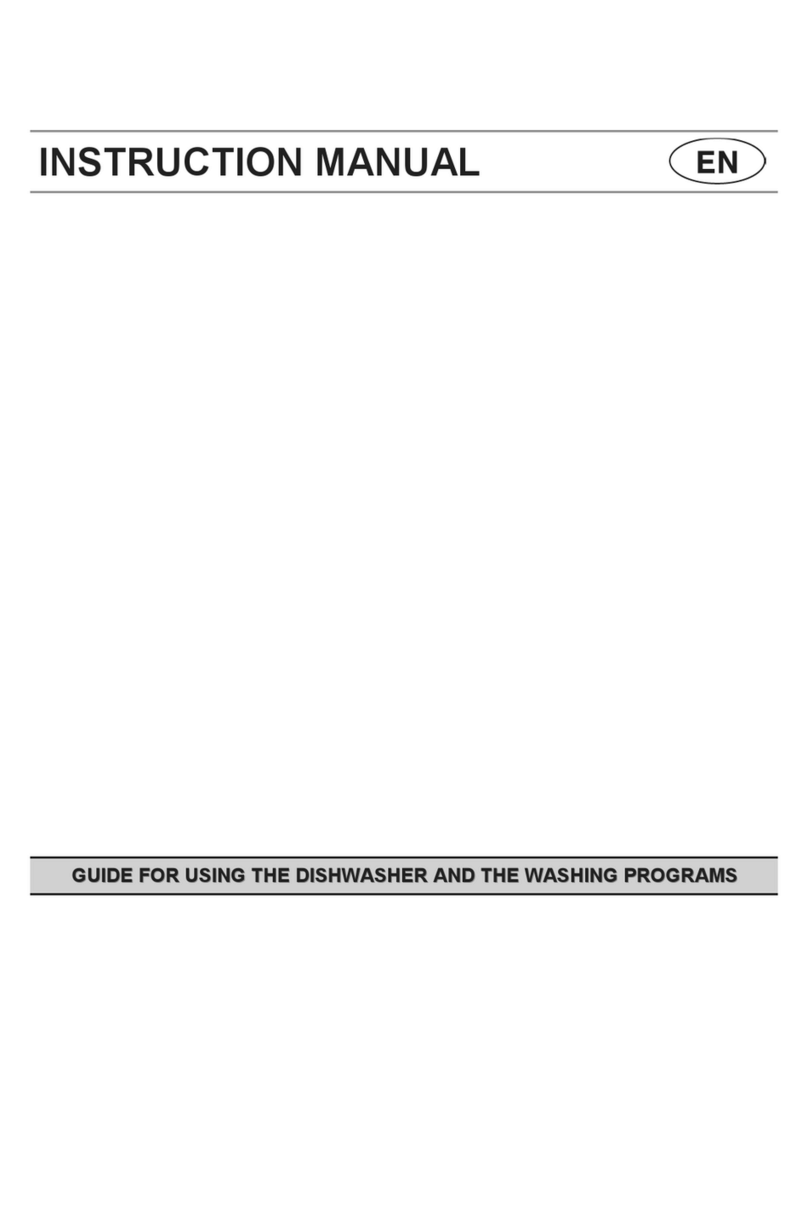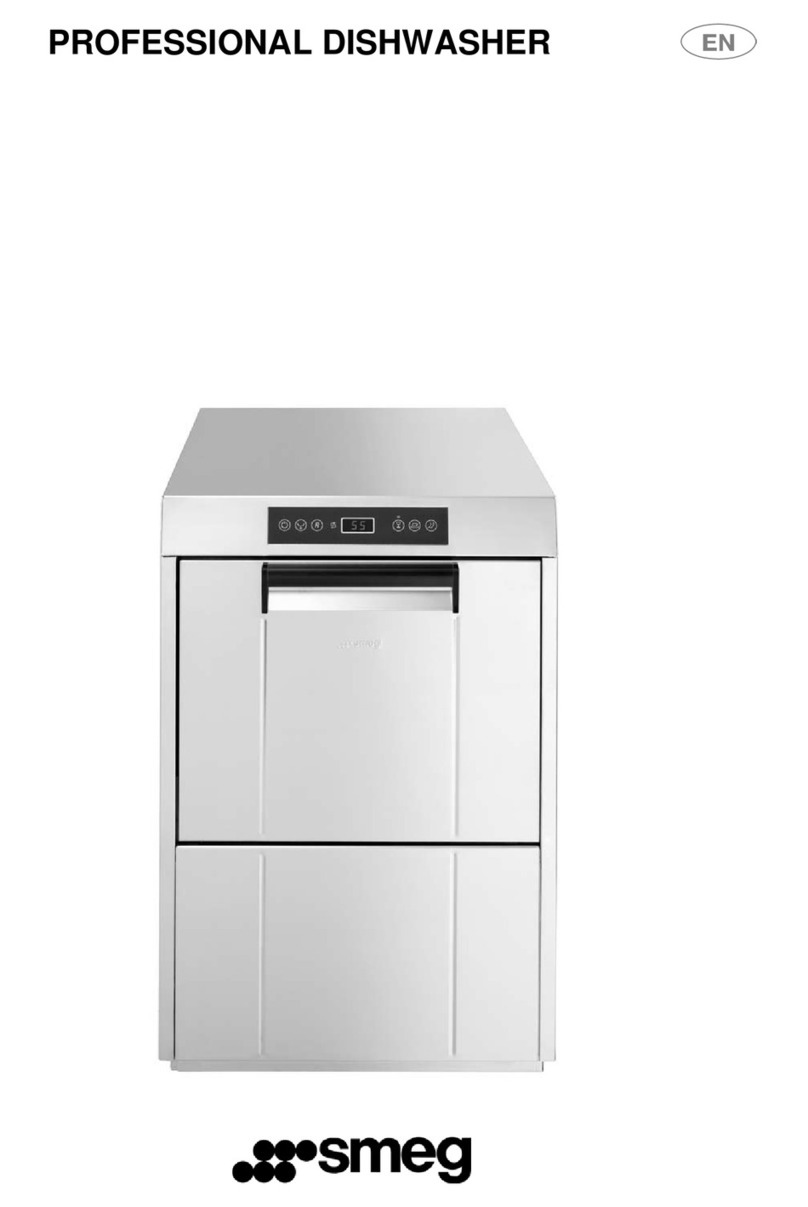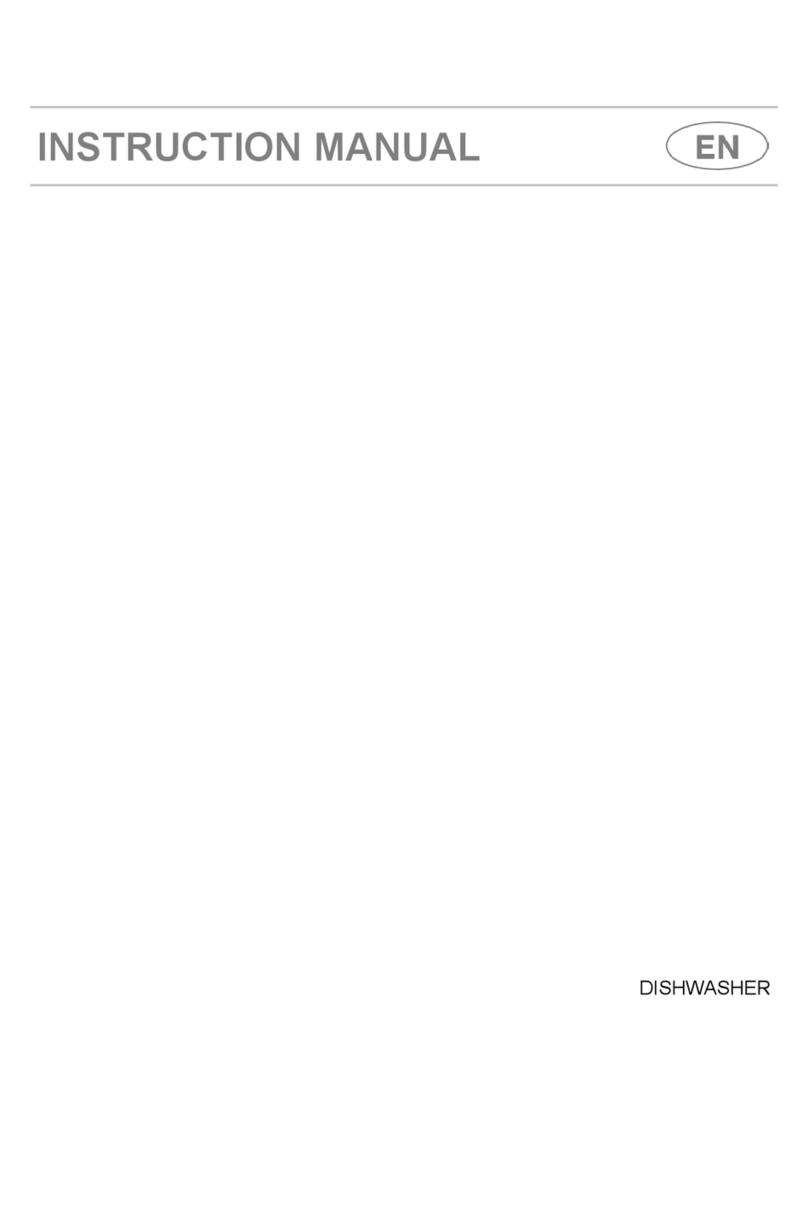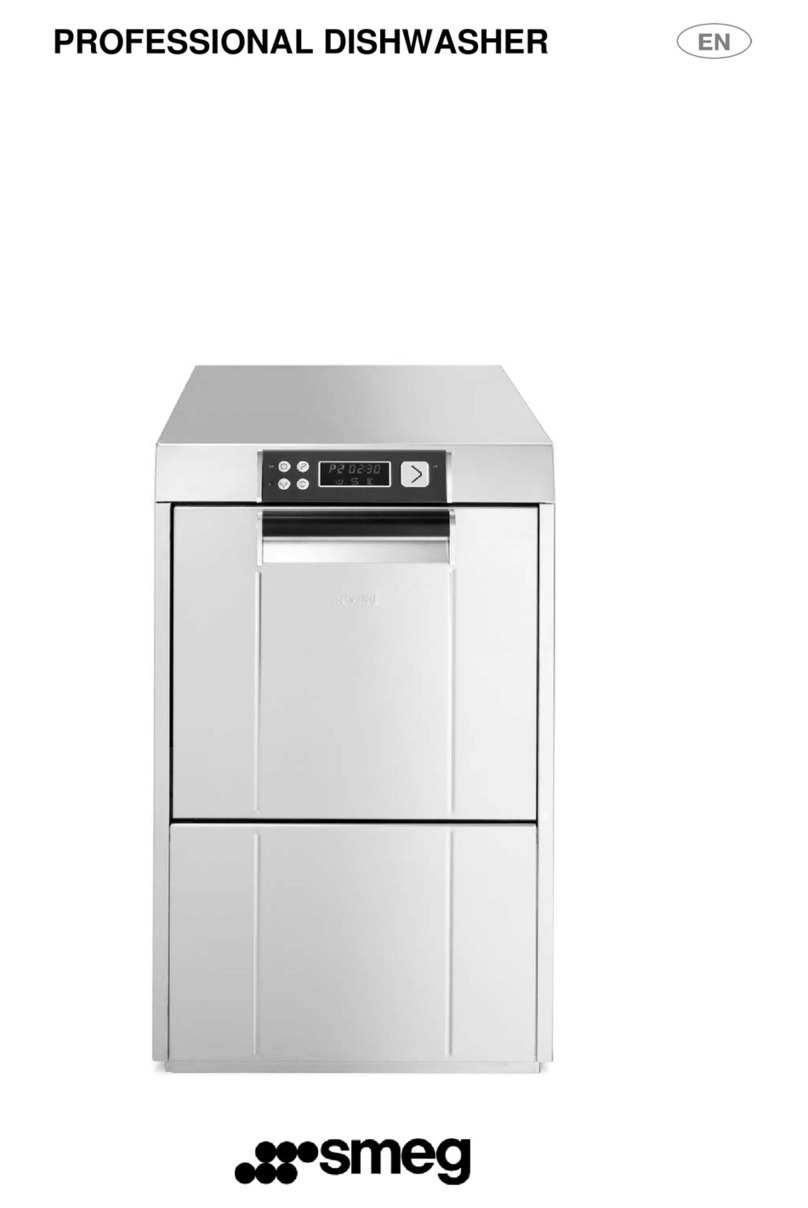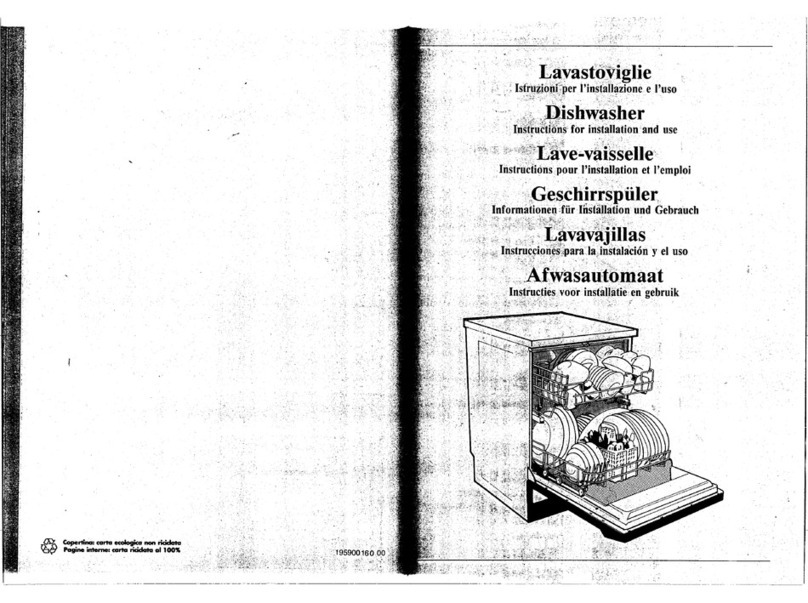
Warnings
4
If the appliance is installed in a compartment above
or below another equipment (e.g. gas burners,
ovens, etc.), read carefully the instructions provided
by the manufacturer of the equipment. If the
instructions of the equipment do not contain
information, contact the manufacturer of the
equipment to ensure that the appliance can be
installed above or below it.
Building-in the appliance underneath a hob is
absolutely forbidden. Installing a hob on top of free-
standing appliance is absolutely forbidden.
To ensure stability, install the appliance only under
continuous worktop, securely fixed to adjacent
cabinets. If the appliance is installed in a high
cabinet, both the appliance and the cabinet must be
adequately fixed.
If the appliance is not built-in and is therefore
accessible on one side, the door hinge area must be
covered for safety reason (injury hazard). The
covering fixtures are available as an accessory from
specialist dealers or the after-sales.
Check that the voltage and the frequency of the
mains match the ratings on the name plate of the
appliance.
The plug on the supply cord and the corresponding
socket outlet must be of the same type and meet the
regulations in force. Do not use adaptors or shunt
connections in order to avoid the possibility of
overheating or burning.
